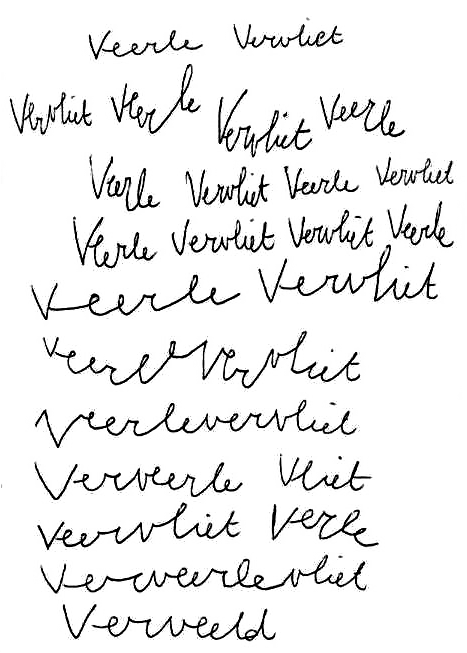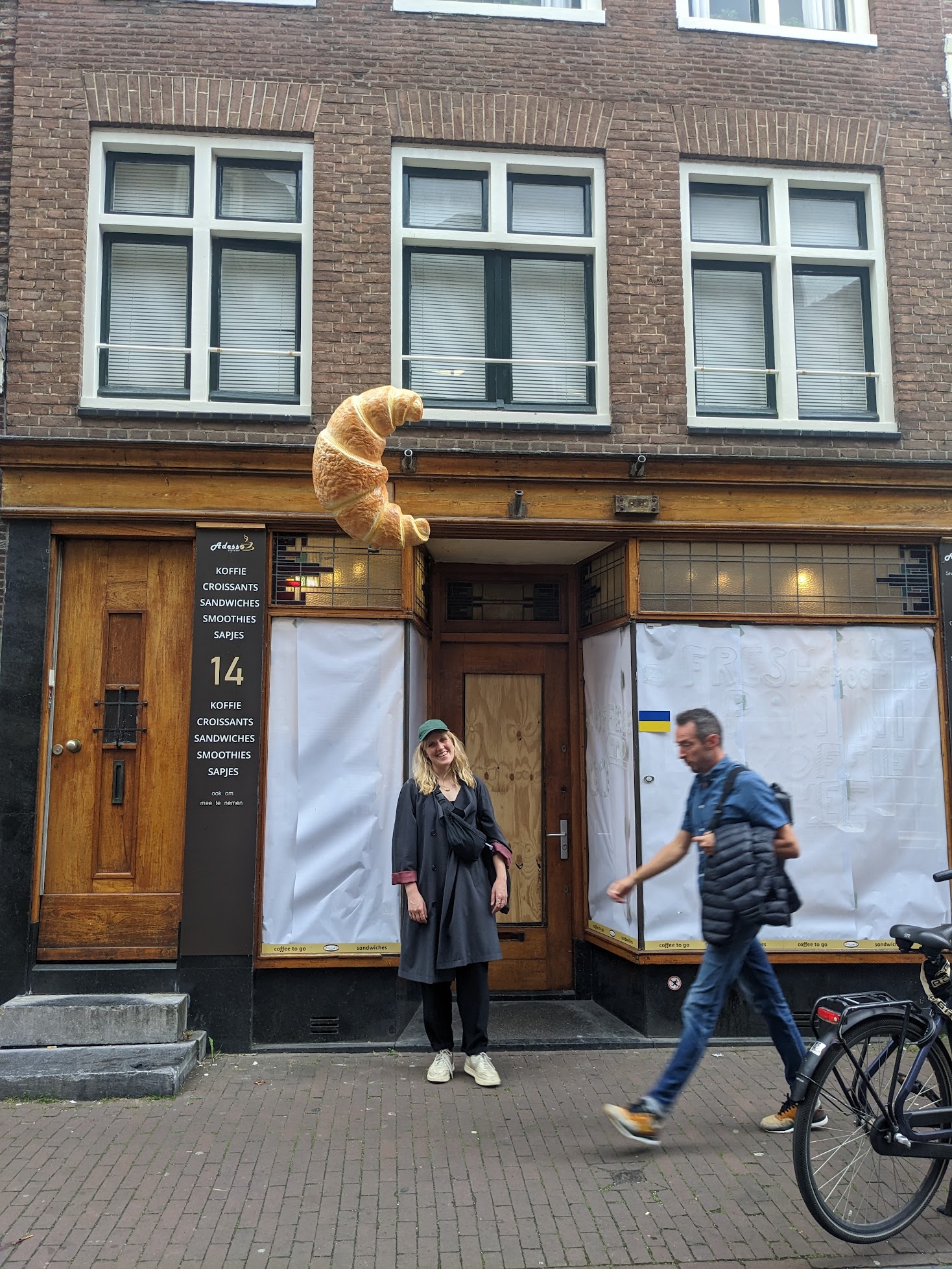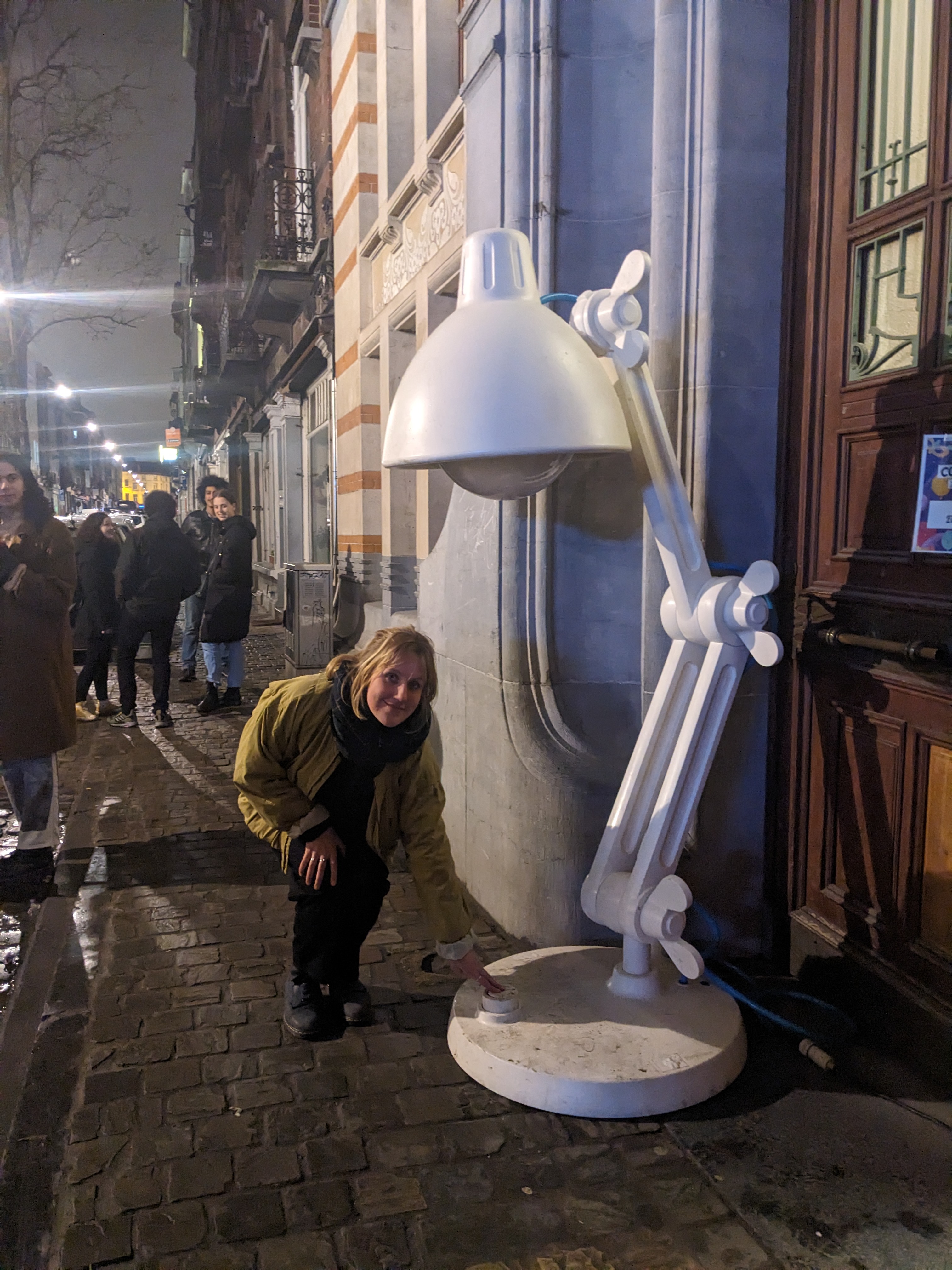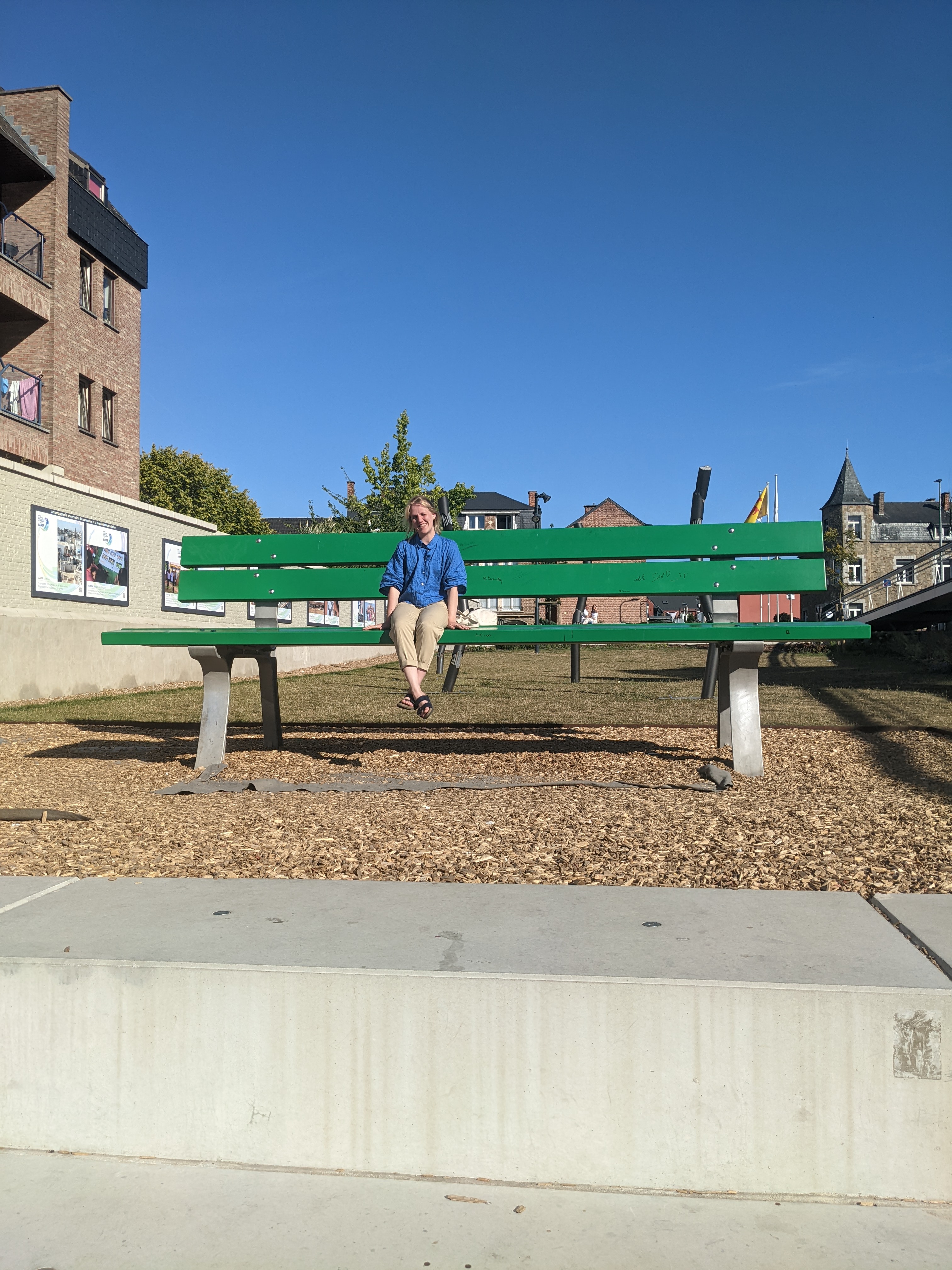




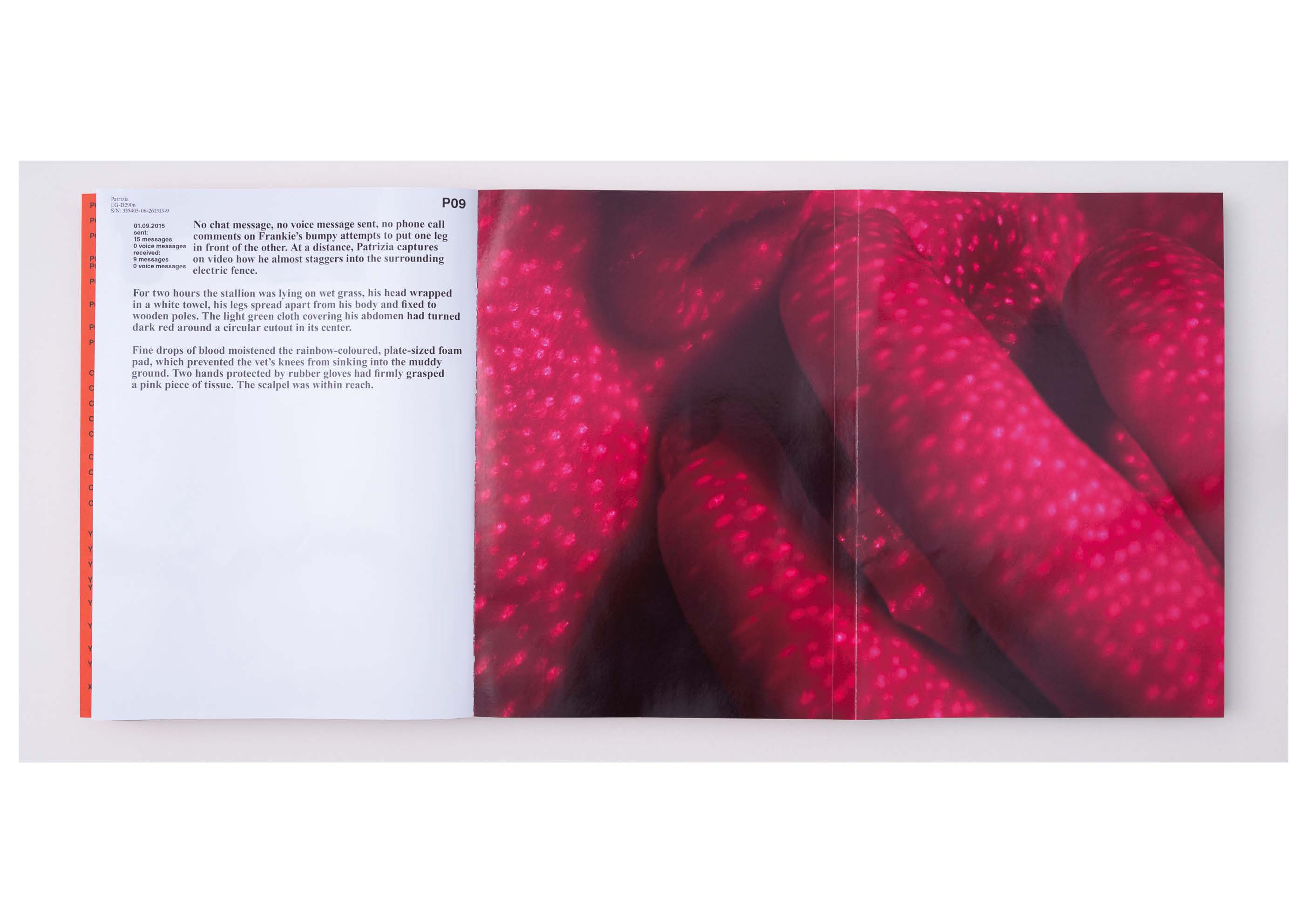
































publication
February 2020
Text & Pictures by Malte Sänger
Graphic design by Veerle Vervliet
245x340mm / 74 pages
German/English
︎ Silver Award
German Photo Book Prize 20|21
February 2020
Text & Pictures by Malte Sänger
Graphic design by Veerle Vervliet
245x340mm / 74 pages
German/English
︎ Silver Award
German Photo Book Prize 20|21
daemon — Malte Sänger
In Greek mythology and philosophy demons are personified spirits that unbeknownst to humans can influence their actions and even induce them to make decisions, in both positive and negative ways. The artificial intelligence program that is found in the background of every computer, tablet, and smartphone operating system is just as invisible as demons in its monitoring of user habits. The basic structure of this sort of program is called DAEMON in the jargon of information technology.This program influences our digital communication and perception continually. Algorithms and persuasive representation influence us unwittingly in our actions and decisions. The result is intangible and invisible, and that is the focus of Malte Sänger‘s project DAEMON. Using assistive technology he assumed the position of the DAEMON in order to understand the condition and feeling of being constantly enveloped.
In addition to classic analog photography Sänger chose two other recording and playback techniques that represent forms of surveillance: He has carefully examined how images are created by earth observation satellites as well as by means of facial recognition technology in smartphones. He developed his own recording devices, producing high-resolution digital images of the earth taken by recording satellite signals. Using a self-constructed antenna, he then targeted communication and earth observation satellites to collect unfiltered raw data and convert them into images using a computer program. The shown details of the earth‘s surface are direct depictions of the received data, which indicate the various perspectives of the satellites.
Smartphone technology for biometric identification runs just as obliquely in the background, measuring, recognizing, and recording the facial features of the user by projecting a grid. Sänger modified a digital single lens reflex camera. He replaced the internal blocking filter of the camera with infrared filters and was thus able to capture infrared light at a certain wavelength. Using this construction he was able to photograph the actual grid projected by smartphones for facial recognition. In these infrared photographs people are shown in silhouettes as they unlock their smartphone and are detected by the grid. The many grid points make the pictures looks like they are covered with static interference, and the dimension of the depicted person is diffuse.
The analog images of the third group, on the other hand, are quite factual. For these photographs, the artist chose places where signals, data, and images from satellites could be collected. He deliberately chose classical photography with an analog camera as the medium. The scenes are interrupted at irregular intervals by large-format text blocks - the fourth group of the work. Based on reconstructed WhatsApp data backups of discarded phones, each text gives examples of personal information. Conversations and exchanges in social networks are portrayed with emotional honesty. Above the text smartphone camera circuit boards are shown in their raw state, removed from the acutal phones: the tools used to examine each of the foreign lives presented below them.
Using scientific precision, Sänger dealt with unknown spheres that surround us all. Looking at surveillance from both the technical and the content-related side he ventured onto various levels and depths of surveillance and observation. His dealing with the various technologies is reflected in the complexity of the corresponding images in DAEMON. The images of the earth‘s surface, both difficult to grasp and impressive, were taken with a peculiar device. The rather diffuse shots of people were taken with his modified camera. Finally, he used a medium-format camera to photograph the obvious. All of this is accumulatedin the voyeuristic texts that reveal things that we would not admit in public.
The result of these various approaches and observations is a diffuse look into our present and also a look into the future: where will new technologies and artificial intelligence take us? The question is unresolved, and the viewer has the feeling that he is enveloped by an intangible plasma cloud - the DAEMON.
Always Present Yet Intangible:
Our Own DAEMON
by Lisa Rossbach
„When you want to know how things really work, study them when they‘re coming apart“
William Gibson Zero History (New York: G.P. Putnam, 2010)
Our Own DAEMON
by Lisa Rossbach
„When you want to know how things really work, study them when they‘re coming apart“
William Gibson Zero History (New York: G.P. Putnam, 2010)
In Greek mythology and philosophy demons are personified spirits that unbeknownst to humans can influence their actions and even induce them to make decisions, in both positive and negative ways. The artificial intelligence program that is found in the background of every computer, tablet, and smartphone operating system is just as invisible as demons in its monitoring of user habits. The basic structure of this sort of program is called DAEMON in the jargon of information technology.This program influences our digital communication and perception continually. Algorithms and persuasive representation influence us unwittingly in our actions and decisions. The result is intangible and invisible, and that is the focus of Malte Sänger‘s project DAEMON. Using assistive technology he assumed the position of the DAEMON in order to understand the condition and feeling of being constantly enveloped.
In addition to classic analog photography Sänger chose two other recording and playback techniques that represent forms of surveillance: He has carefully examined how images are created by earth observation satellites as well as by means of facial recognition technology in smartphones. He developed his own recording devices, producing high-resolution digital images of the earth taken by recording satellite signals. Using a self-constructed antenna, he then targeted communication and earth observation satellites to collect unfiltered raw data and convert them into images using a computer program. The shown details of the earth‘s surface are direct depictions of the received data, which indicate the various perspectives of the satellites.
Smartphone technology for biometric identification runs just as obliquely in the background, measuring, recognizing, and recording the facial features of the user by projecting a grid. Sänger modified a digital single lens reflex camera. He replaced the internal blocking filter of the camera with infrared filters and was thus able to capture infrared light at a certain wavelength. Using this construction he was able to photograph the actual grid projected by smartphones for facial recognition. In these infrared photographs people are shown in silhouettes as they unlock their smartphone and are detected by the grid. The many grid points make the pictures looks like they are covered with static interference, and the dimension of the depicted person is diffuse.
The analog images of the third group, on the other hand, are quite factual. For these photographs, the artist chose places where signals, data, and images from satellites could be collected. He deliberately chose classical photography with an analog camera as the medium. The scenes are interrupted at irregular intervals by large-format text blocks - the fourth group of the work. Based on reconstructed WhatsApp data backups of discarded phones, each text gives examples of personal information. Conversations and exchanges in social networks are portrayed with emotional honesty. Above the text smartphone camera circuit boards are shown in their raw state, removed from the acutal phones: the tools used to examine each of the foreign lives presented below them.
Using scientific precision, Sänger dealt with unknown spheres that surround us all. Looking at surveillance from both the technical and the content-related side he ventured onto various levels and depths of surveillance and observation. His dealing with the various technologies is reflected in the complexity of the corresponding images in DAEMON. The images of the earth‘s surface, both difficult to grasp and impressive, were taken with a peculiar device. The rather diffuse shots of people were taken with his modified camera. Finally, he used a medium-format camera to photograph the obvious. All of this is accumulatedin the voyeuristic texts that reveal things that we would not admit in public.
The result of these various approaches and observations is a diffuse look into our present and also a look into the future: where will new technologies and artificial intelligence take us? The question is unresolved, and the viewer has the feeling that he is enveloped by an intangible plasma cloud - the DAEMON.
